MONDAY MORNING DEBRIEF: How the mandated tyre limits shaped an unusual Grand Prix in Qatar


In winning the Qatar Grand Prix Max Verstappen was about the only driver not needing to push flat-out through the Lusail circuit’s sequence of interlinked fast corners for the whole race. He drove almost as if this was a routine 2023 Grand Prix where the tyres have to be managed.
On this occasion tyre management wasn’t required because of the highly unusual situation of an artificial limit of 18 laps per set – imposed by the FIA after Pirelli reported on Friday that there were signs of possible delamination of the compound from the carcass as a result of damage inflicted by the ‘pyramid’ kerbs.
Next Up
Related Articles
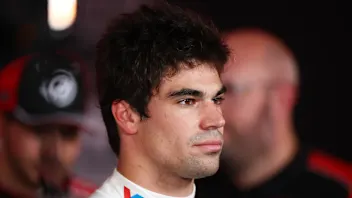 Stroll opens up on 'noise' that has followed him in F1
Stroll opens up on 'noise' that has followed him in F1 Verstappen confirms new number for 2026 season
Verstappen confirms new number for 2026 season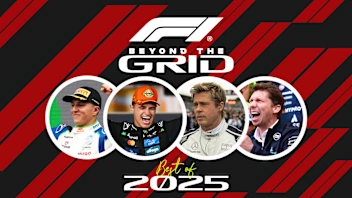 Beyond The GridThe best of 2025, from Norris’ evolution to Brad Pitt’s ‘need for speed’
Beyond The GridThe best of 2025, from Norris’ evolution to Brad Pitt’s ‘need for speed’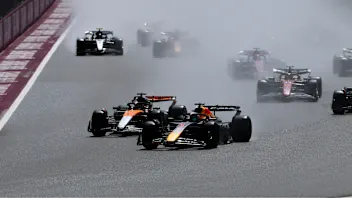 REVEALED: Your favourite race of the 2025 season
REVEALED: Your favourite race of the 2025 season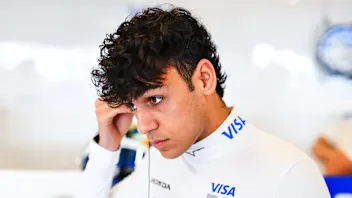 Marko ‘believed in me when others didn’t’ – Lindblad
Marko ‘believed in me when others didn’t’ – Lindblad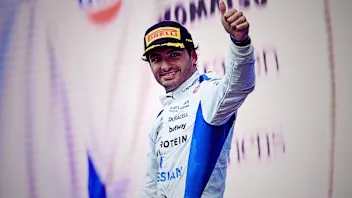 ExclusiveWhy Sainz feels ‘vindicated’ after his first Williams year
ExclusiveWhy Sainz feels ‘vindicated’ after his first Williams year
